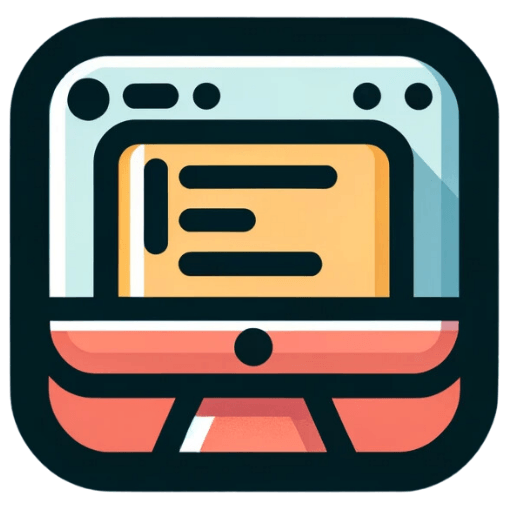In the ever-evolving world of web development, frontend developers need to stay updated with the best tools to create efficient, user-friendly interfaces. This blog post will delve into the top tools that every frontend developer should have in their arsenal. We will explore their features, benefits, and how they can streamline your development process.
Essential Text Editors and IDEs
Every frontend developer starts their journey with a reliable text editor or Integrated Development Environment (IDE). These tools are the canvas upon which developers paint their code.
Visual Studio Code, developed by Microsoft, is a popular choice among developers. It offers features like syntax highlighting, intelligent code completion, and an embedded terminal. Moreover, its vast array of extensions can enhance your coding experience.
Sublime Text is another excellent text editor that developers swear by. Its speed, ease of use, and the 'Goto Anything' feature make it a favorite. This feature allows you to open files and jump to symbols or lines, speeding up navigation.
WebStorm, a powerful IDE by JetBrains, is specifically designed for JavaScript developers. It provides smart coding assistance for JavaScript and its modern successors, including TypeScript, HTML, and CSS. WebStorm also integrates with popular command-line tools for web development, providing a streamlined coding experience.
Version Control Systems
Version control systems are a must-have for any developer. They track changes to your code, allowing you to revert to previous versions if needed.
Git, a distributed version control system, is the most widely used. It allows multiple developers to work on a project without overwriting each other's changes. GitHub, a web-based hosting service for Git repositories, provides a platform for collaboration and version control.
Another notable version control system is Subversion, also known as SVN. Unlike Git, SVN is a centralized system where the repository's history is stored on a central server. It's simpler to use and understand, making it a good choice for small teams.
Package Managers
Package managers automate the process of installing, upgrading, configuring, and removing software packages. They are a lifesaver for developers, saving them from the hassle of manual management.
npm (Node Package Manager) is the default package manager for Node.js, an open-source, cross-platform JavaScript runtime environment. npm allows developers to install Node.js packages, share code, and manage dependencies in their projects.
Yarn, developed by Facebook, is another package manager that has gained popularity. It offers speed, reliable dependency management, and a consistent yarn.lock file ensuring the same dependencies installation across all environments.
Frameworks and Libraries
Frameworks and libraries provide pre-written code to help developers build applications faster and more efficiently.
React, a JavaScript library developed by Facebook, is used for building user interfaces, particularly for single-page applications. It allows developers to create reusable UI components, speeding up the development process.
Angular, a TypeScript-based open-source web application framework led by the Angular Team at Google, is another powerful tool for frontend development. It offers features like two-way data binding, dependency injection, and a modular architecture.
Vue.js, a progressive JavaScript framework, is gaining popularity for its simplicity and flexibility. It is easy to integrate with other projects and libraries, making it a versatile choice for developers.
Testing Tools
Testing tools ensure that your code works as expected and helps in maintaining code quality.
Jest, a delightful JavaScript Testing Framework, is widely used for its simplicity and flexibility. It works with projects using Babel, TypeScript, Node.js, React, Angular, and Vue.js, making it a versatile choice.
Mocha is another feature-rich JavaScript test framework running on Node.js and in the browser, making asynchronous testing simple and fun. It provides developers with the flexibility to choose their assertion library, making it adaptable to different project requirements.
Build Tools
Build tools automate tasks like minification, compilation, unit testing, and linting, making a developer's life easier.
Webpack, a static module bundler for modern JavaScript applications, creates a dependency graph that maps every module your project needs and generates one or more bundles. It's highly configurable and plays well with frontend workflows.
Parcel is a fast, zero-configuration web application bundler. It offers features like code splitting, hot module replacement, and automatic transforms, making it a favorite among developers.
Wrapping Up the Best Tools for Frontend Developers
The tools discussed in this blog post form the backbone of a frontend developer's toolkit. They streamline the development process, enhance productivity, and ensure code quality. However, the best tool depends on the specific needs and preferences of the developer. Therefore, it's crucial to explore and understand these tools to make an informed choice that suits your workflow.

